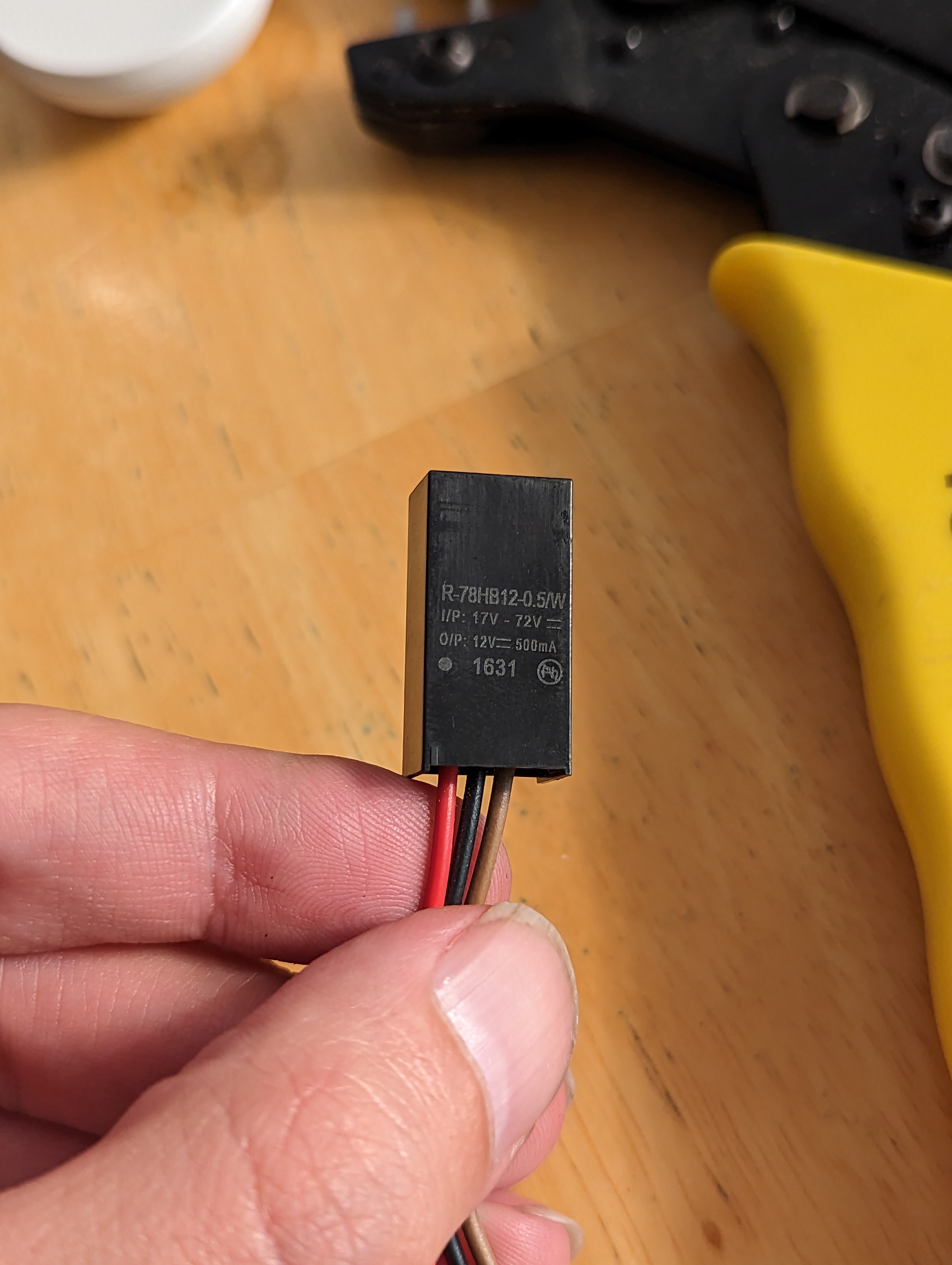this post was submitted on 06 Jun 2023
10 points (100.0% liked)
Electronics
642 readers
1 users here now
Digital, analog, RF, microcontrollers, FPGAs.
Theory and practice. New designs, prototypes, breadboards, hacks and mods.
Show your projects, learning resources and interesting articles here.
founded 4 years ago
MODERATORS
you are viewing a single comment's thread
view the rest of the comments
view the rest of the comments

Yep, have to learn it the hard way, lol 😂... everyone learns it the hard way 😂.
I was a bit surprised because this unit has got protection against just about anything. I didn't expect reverse polarity to do it in. 😅
You could actually try to see if has a zener or a schotky diode inside the unit and just remove it, it's probably short circuited. It's there for protection, so the whole thing doesn't go poof if a PSU with inadequate voltage or reverse polarity is plugged in. If it's a schotky diode, it's probably in series with the +. If it's a zener diode, it's in parallel with the rails, between the + and -. In the first case, you need to remove and short circuit the diode. In the second case, just remove the zener diode.
Plug it in, see if goes KABOOM 🤷 😂.
Thanks for the suggestions but it's all potted. ☺️